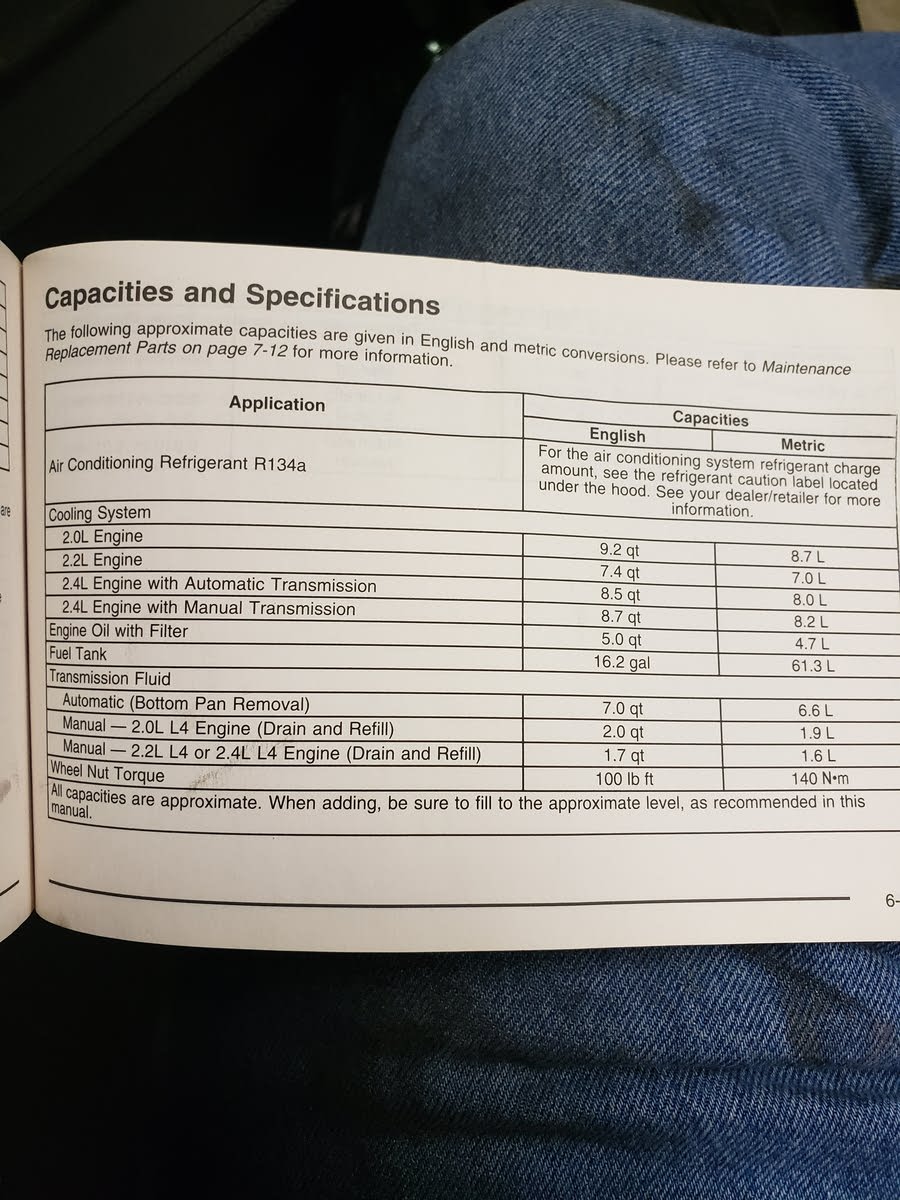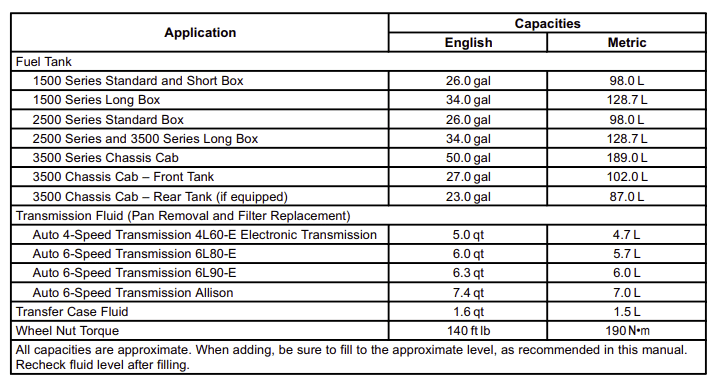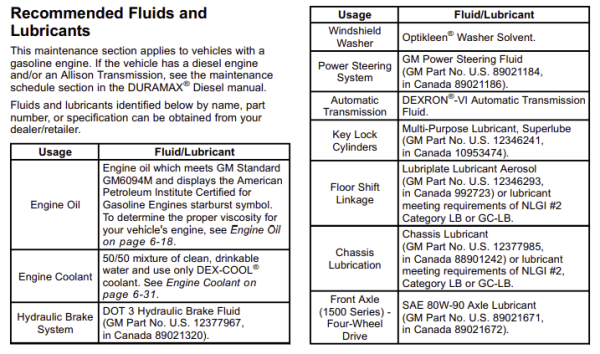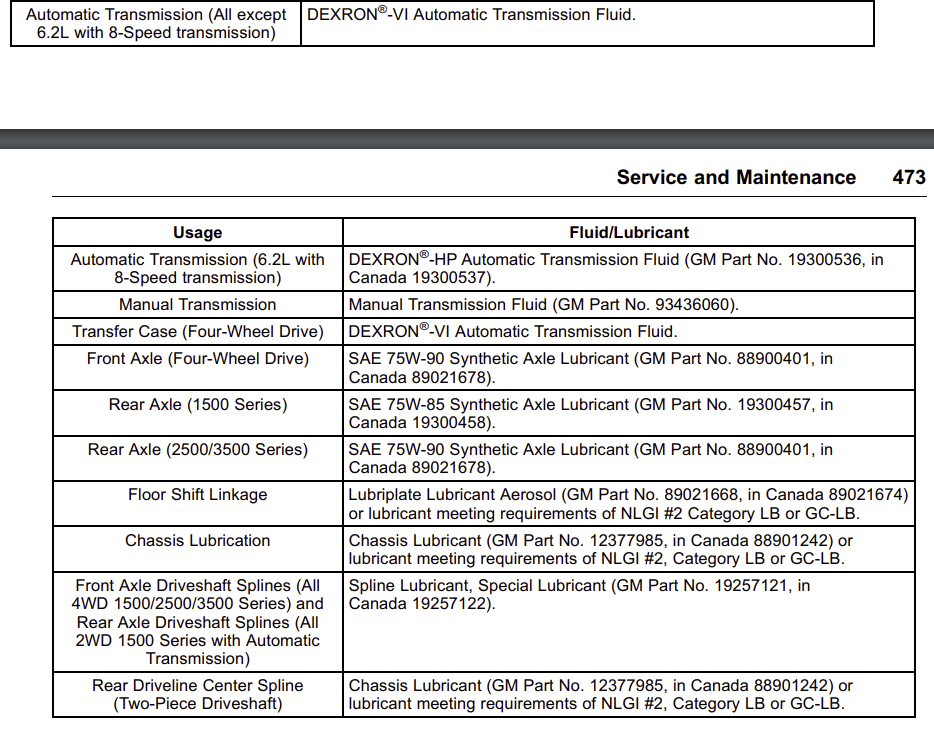2003 Chevy Silverado Transmission Fluid Capacity

Urgent recall alert! Owners of 2003 Chevy Silverado trucks are facing critical concerns regarding potentially incorrect transmission fluid capacity information in the owner's manual, leading to potential transmission damage.
This issue, impacting a significant number of vehicles, requires immediate attention to prevent costly repairs. Understanding the correct fluid levels is crucial for maintaining the longevity and performance of your 2003 Chevy Silverado transmission.
The Problem: Incorrect Fluid Capacity
The 2003 Chevy Silverado owner's manual may provide inaccurate transmission fluid capacity specifications. This discrepancy could lead owners to either overfill or underfill the transmission during maintenance.
Both overfilling and underfilling can cause significant damage. Underfilling can result in overheating and premature wear, while overfilling can lead to fluid leaks and foaming, reducing lubrication effectiveness.
Affected Models and Years
This issue primarily affects the 2003 Chevy Silverado 1500, 2500, and 3500 series trucks. However, owners of other 2003 GM trucks with similar transmissions should also verify their fluid levels.
The transmissions most commonly affected are the 4L60E and 4L80E automatic transmissions. These transmissions were widely used in GM trucks during this period.
Determining the Correct Fluid Capacity
The correct transmission fluid capacity for a 2003 Chevy Silverado varies depending on the specific transmission and whether you are performing a drain and fill or a complete flush.
A drain and fill typically requires around 5-6 quarts. A complete flush, which includes the torque converter, can require significantly more, up to 12-14 quarts.
Verifying Fluid Level After Fill
Always check the fluid level using the transmission dipstick after filling. The engine should be warm and running when checking.
Refer to a reliable source, such as a trusted mechanic or an independent repair manual, for the exact fluid capacity for your specific transmission model. Do not solely rely on the owner's manual.
Potential Consequences of Incorrect Fluid Levels
Operating a 2003 Chevy Silverado with the wrong transmission fluid level can lead to a range of problems. These include slipping gears, rough shifting, overheating, and complete transmission failure.
Transmission repairs are costly. Ignoring this issue can result in thousands of dollars in repairs or replacement costs.
What To Do Next
Immediately verify your transmission fluid level. If you recently performed a fluid change based solely on the owner's manual, double-check the quantity added.
Consult with a certified mechanic. They can accurately assess your transmission fluid level and condition, ensuring it's within the optimal range.
Monitor your transmission performance. Be alert for any signs of trouble, such as unusual noises or shifting problems.
Any indication of trouble needs to be inspected right away.
Stay informed about potential recalls or service bulletins related to this issue from General Motors. While there isn't a current official recall specifically for this, it’s important to stay current.


















